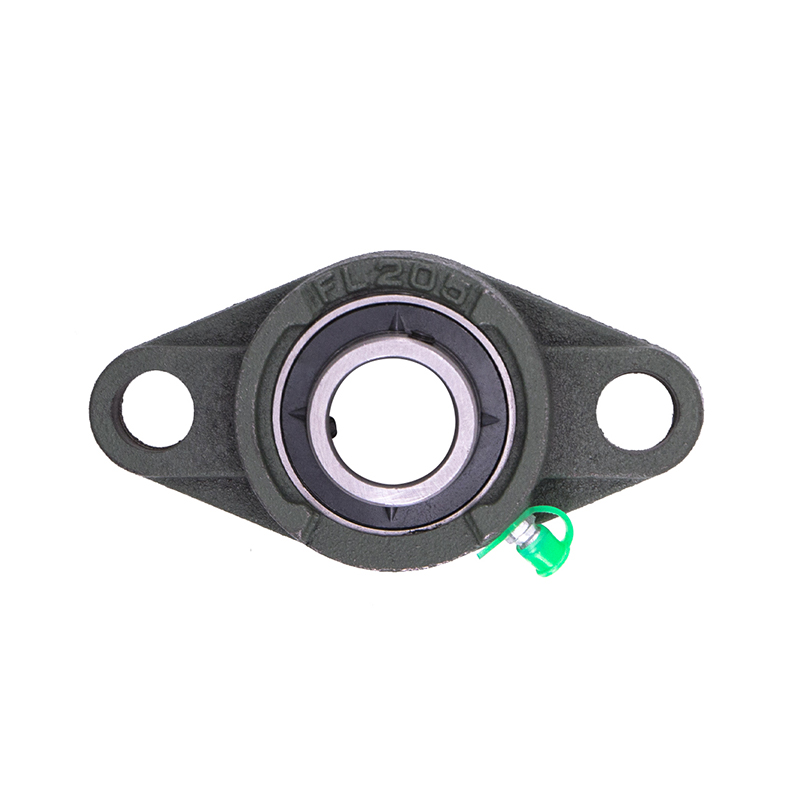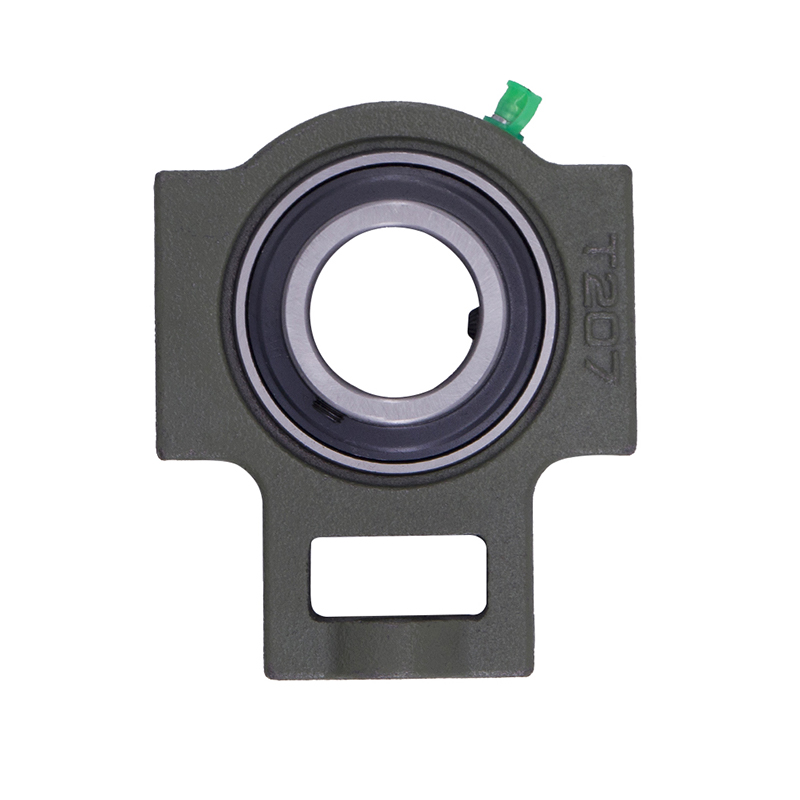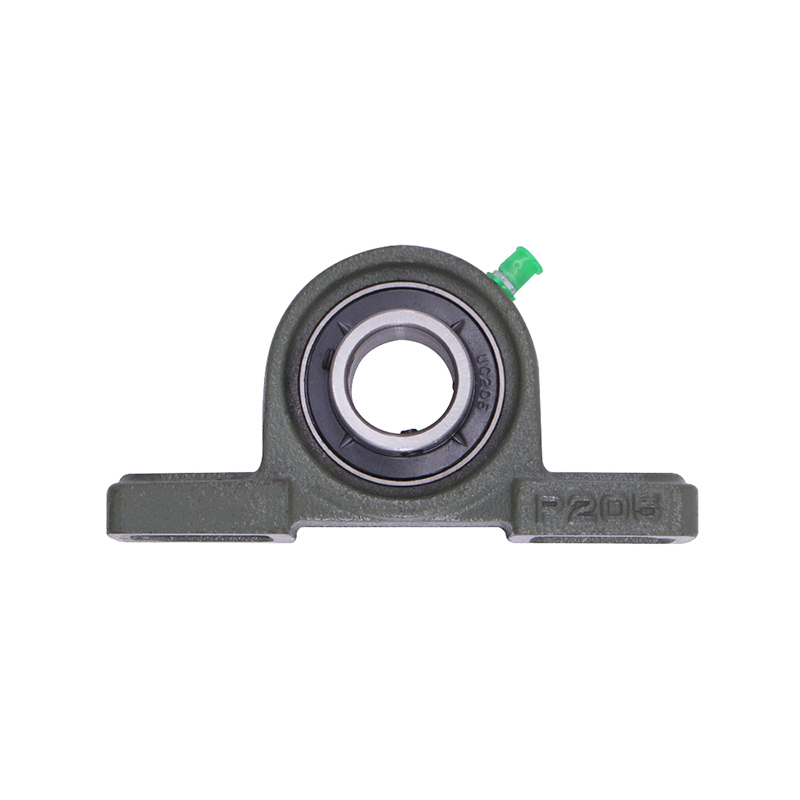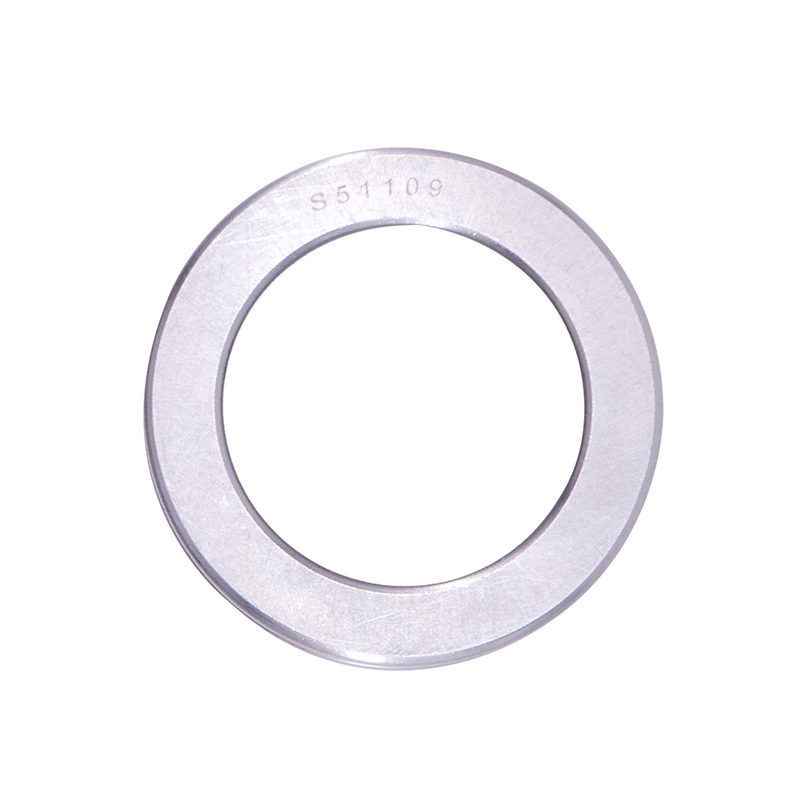-
 Wheel Hub Bearings
Wheel Hub Bearings -
 Wheel Hub Bearings
Wheel Hub BearingsDAC387436 DAC458045 Hub Deep Groove Ball Car Wheel Bearing
-
 Spherical Bearings
Spherical BearingsFL204 FL205 FL206 Stainless Steel Pillow Block Bearing
-
 Spherical Bearings
Spherical BearingsT204 T207 UC204 High Speed Insert Pillow Block Bearing
-
 Spherical Bearings
Spherical BearingsFC204 F210 Auto Wheels Bike Pillow Block Bearing
-
 Spherical Bearings
Spherical BearingsP207 206 205 203 High Precision Wheel Pillow Block Bearing
-
 Thrust Roller Bearings
Thrust Roller BearingsS51100 S51107 S51109 Car Wheel Plain Thrust Ball Bearing
-
 Thrust Roller Bearings
Thrust Roller Bearings51110 51107 51104 51206 High Speed Plain Thrust Ball Bearing
How Does the Material of Motorcycle Bearing Affect Performance?
Industry news-Motorcycle bearings factory are essential components that allow smooth rotation in wheels, engines, and other moving parts. The material used to manufacture these bearings has a direct impact on performance, longevity, and maintenance requirements. Different materials offer distinct properties such as strength, wear resistance, and thermal stability, which influence how a motorcycle operates under various conditions. This essay examines how bearing materials affect performance through three key aspects: durability and wear, friction and efficiency, and resistance to environmental factors.

1. Durability and Wear Resistance
1.1 Hardness and Load Capacity
The material of a motorcycle bearing determines its hardness, which affects its ability to withstand mechanical loads. Bearings made from high-carbon steel or chromium steel tend to have higher hardness, allowing them to support heavy loads without significant deformation. This is particularly important for motorcycles with large engines or for riders who frequently carry additional weight.
1.2 Wear Resistance
Wear occurs when metal surfaces gradually erode due to friction or debris. Bearings manufactured from hardened steel or ceramic materials demonstrate higher resistance to wear. Ceramic bearings, for instance, have low friction coefficients and do not corrode easily, which can extend service intervals and reduce the frequency of replacements. However, they may be more brittle, which requires careful installation and handling.
1.3 Longevity and Maintenance
Materials with higher wear resistance generally result in longer-lasting bearings. Steel bearings with appropriate heat treatment can operate effectively for thousands of kilometers, while aluminum or softer metal bearings may wear faster under comparable conditions. The choice of material thus affects maintenance schedules and overall reliability of the motorcycle.
2. Friction and Operational Efficiency
2.1 Coefficient of Friction
Bearing material influences the friction between the rolling elements and the raceways. Lower friction reduces energy loss, which can improve fuel efficiency and responsiveness. Ceramic bearings, for example, often produce less friction than steel bearings, allowing for smoother wheel rotation and more efficient power transfer from the engine.
2.2 Heat Generation
Friction produces heat, which can degrade lubrication and cause thermal expansion. Materials with better thermal conductivity, such as certain steel alloys, help dissipate heat more effectively, maintaining consistent performance under prolonged operation. In contrast, materials with poor heat conduction may premature wear if the lubricant breaks down under high temperatures.
2.3 Impact on Ride Quality
Reduced friction from high-performance materials also affects ride quality. Smoother bearings allow wheels and engine components to move with minimal resistance, contributing to consistent handling and quieter operation. Conversely, bearings with higher friction may create subtle vibrations or increased effort in steering and acceleration.
3. Resistance to Environmental Factors
3.1 Corrosion Resistance
Motorcycles are exposed to water, dust, and road salt. Bearing materials like stainless steel or ceramic are more resistant to corrosion than standard steel, which helps maintain performance in wet or humid conditions. Bearings that resist rust reduce the likelihood of sudden failure and improve reliability over time.
3.2 Tolerance to Contaminants
Some materials are less affected by particles such as dirt or metal shavings. Ceramic and coated steel bearings are more resilient to small contaminants because they maintain hardness and surface integrity even when minor abrasives are present. This is particularly important for off-road motorcycles or those used in dusty environments.
3.3 Temperature Variation
Motorcycle bearings operate under variable temperatures, from cold mornings to hot engines. Materials with stable thermal properties maintain dimensional consistency and prevent excessive expansion or contraction. For example, hybrid ceramic bearings can perform well under high engine temperatures while maintaining a low expansion rate, the risk of misalignment.

 English
English русский
русский Español
Español
